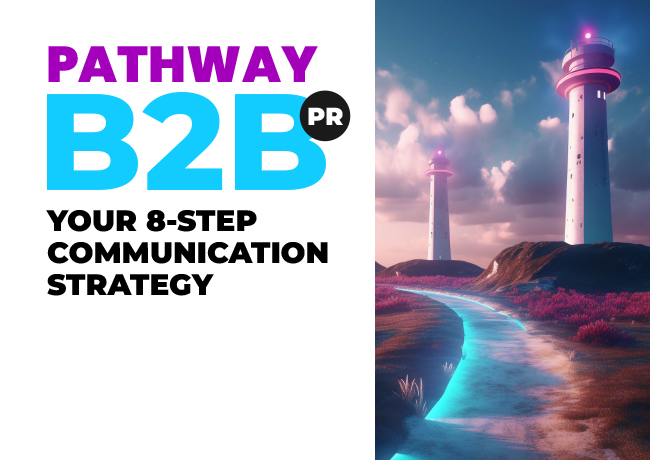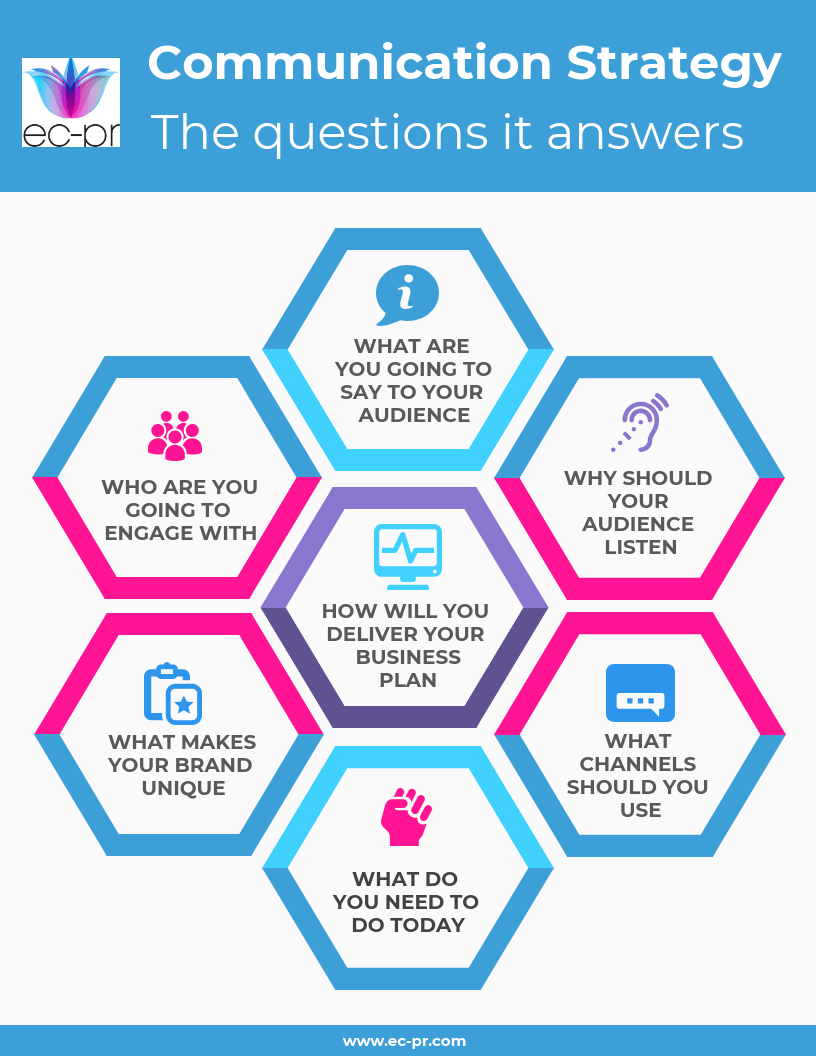
How do you solve a problem like… Tedious tenders?
In an ideal world, the harmony and cohesion between business development, sales, marketing, and communications should be seamless. They should move, think, and breathe as one, and the left hand should always know what the right is doing. But how often is this the case? And why is that important? What are the implications if they’re not aligned and how does this impact your ability to ‘stand out from the crowd’ when bidding for new business?
Can investing energy in team alignment lead to bid writing success?
Prospective clients have a number of touchpoints to find out more about your organisation and your business, and they will undoubtedly engage with more than one. But often these are managed by different teams. The marketing team might manage the website, whilst the sales team will lead on tenders.
This is where your communication strategy plays a crucial role. A clearly defined comms strategy will bring sales and marketing teams together and ensure they are aligned on what you need to say, to whom, how and when. It ensures that your messages and your narrative are consistent across all channels and that you are always presenting your business as credible, genuine experts in your field. Critically for sales teams, it also provides a clear narrative that ensures they are speaking the right language to reach their target audience and prospective customers.
Stand out from the pile
When writing tenders in particular, the temptation can be to regurgitate a narrative about your organisation, the products, and services, and how much it would cost to deliver them. But in this context, first and foremost you want the prospective customer to understand why what you do matters to them and importantly, how you can help. That’s the key to getting your tender to ‘stand out from the pile’.
Tenders can be lengthy, detailed documents that will often have set requirements. But this does not mean they don’t provide scope for you to get your messages across in a concise and compelling way. The key is to get the right perspective in your narrative. Your prospects are far more likely to be interested in reading what you have to say if it is offered in the context of their world and their business, rather than yours.
How a comms strategy enables you to write tenders that are genuinely interesting
Your comms strategy defines this through audience identification and analysis, through looking at the challenges and opportunities they face, and by using these insights to create the context for your products and services in a language that will resonate. It also helps deliver a clearly defined narrative about what you as an organisation understand about yourselves and your place in the market. For example, are you a technology company, or a pioneering engineering company? The more you understand about where you are and where you’re heading, the better you can communicate with your target audiences and the more likely it is they will have a clear idea about where your expertise can support them. This can then help to provide a foundation for writing tenders that are genuinely interesting and relevant.
Your collateral and content, whether it’s your website, your brochures, your social media, your stand at an exhibition, or your sales and marketing materials must all tell the same story. And for winning new business, this story must not only be compelling and interesting, but it also must be cohesive, true to your narrative, and concise. If your sales and marketing teams are all singing from the same hymn sheet, or communication strategy, you will be able to hit these notes across the board without investing precious time and resource in reinventing the wheel every time you reach out to the market.
Next steps to develop your comms strategy
If you’re aware that your tech business is lacking that compelling narrative and defined communication strategy, or if you haven’t got buy-in from your bid-writing team, talk to our tech b2b pr experts today.
If you’d like to find out more about what a communication strategy is and how to form one, then download our step-by-step guide: Your 8-Step Communication Strategy, read Why Your Business Needs a Communication Strategy, and see our quick infographic below to understand what questions a communication strategy answers for your business.

Your 8-Step Communication Strategy Guide
A comprehensive guide to delivering your business goals using intelligent and relevant messaging.
Subscribe to our updates
Stay up to date with the latest insights, case studies and PR guides.



